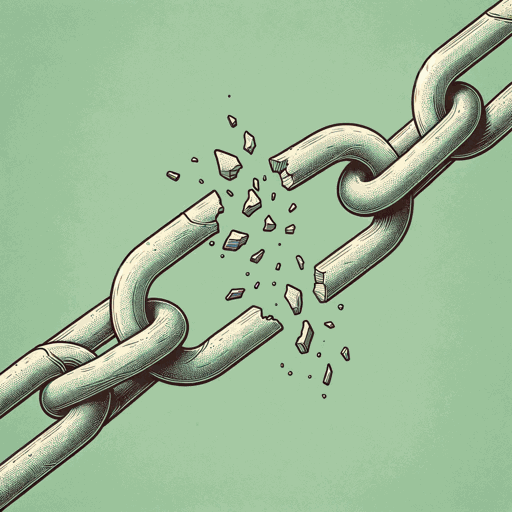34 pages • 1 hour read
Carol AndersonWhite Rage: The Unspoken Truth of Our Racial Divide
Nonfiction | Book | Adult | Published in 2016A modern alternative to SparkNotes and CliffsNotes, SuperSummary offers high-quality Study Guides with detailed chapter summaries and analysis of major themes, characters, and more.
Chapter 4-AfterwordChapter Summaries & Analyses
Chapter 4 Summary: "Rolling Back Civil Rights"
The Civil Rights Movement of the 1950s and 1960s won many local victories as well as two great, nationwide achievements: the Civil Rights Act of 1964 and the Voting Rights Act of 1965, which outlawed racial discrimination in employment, housing, public services, and voting. These landmark acts of legislation provoked excesses of white rage that are detailed in this chapter. Anderson focuses on the way that, in the decades after the iconic successes of the Civil Rights Movement, the Nixon and Reagan administrations dismantled those successes by initiating widespread voter suppression measures and discriminatory school funding and districting policies, in addition to the War on Drugs (with the mass incarceration of African Americans as its unspoken goal).
This chapter focuses more on media narratives and campaign strategies than the previous chapters, as Anderson is describing how the public face of racism changed in the 1970s and 1980s. In this era, the blatant racism of the Reconstruction and Great Migration periods was made into something more palatable and acceptable for the mass public. Nixon's campaign strategist, Lee Atwater, provided a startlingly transparent explanation of this policy of "racism with plausible deniability" (119), which Anderson quotes: “‘You start out in 1954 by saying 'nigger, nigger, nigger.


